Putting a 12V bulb in a 110V light socket can cause big problems if you don’t know it’s happening. Using the wrong voltage with your light bulbs can cause fires, mess up your lighting system, and make your light bulbs explode. Understand how voltage impacts your light bulbs, so you don’t have any of those things happen.
No, you cannot use a 12V light bulb in a 110V light socket without a voltage converter. If you do, it will either immediately burn out the light bulb or cause severe damage to the light bulb, which can be dangerous.
Let’s talk about why you can’t do that.
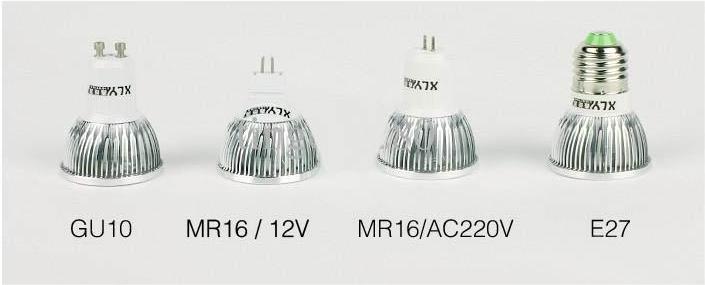
The difference between 12V and 110V bulbs
Bulbs designed for 12V and 110V systems differ primarily in voltage tolerance. A 12V bulb is engineered to handle much lower electrical pressure compared to a 110V bulb. When a 12V bulb is subjected to the higher voltage of a 110V socket, the filament inside the bulb is overwhelmed by the energy flow, leading to the bulb burning out almost instantly.
In contrast, placing a 110V bulb in a 12V socket results in insufficient power being supplied to light it up properly. This voltage mismatch can cause flickering or complete failure to light. Thus, matching the bulb voltage to the socket ensures both proper operation and safety.
What happens if you use a 12V bulb in a 110V socket?
Using a 12V bulb in a 110V socket without a voltage regulator is dangerous. The excess voltage will quickly overheat the bulb, causing it to burn out, flicker uncontrollably, or even explode. This voltage overload can damage the bulb’s filament or LED circuitry almost instantly, making the bulb inoperable.
Additionally, this scenario poses significant safety hazards such as electric fires, burns, and damage to the socket or surrounding electrical wiring. Therefore, it is essential to use a voltage transformer to step down the voltage from 110V to 12V for safe use.
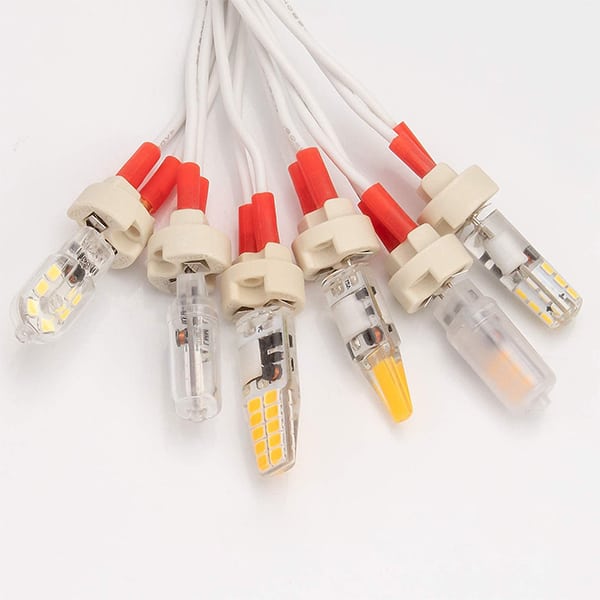
Can I use a 12V bulb in a 120V or 220V socket?
Whether it’s a 110V, 120V, or 220V light socket, the principle remains the same—a 12V bulb cannot be used safely without voltage conversion. Each of these sockets provides much higher power than a 12V bulb can handle. Without the correct transformer to step down the voltage, using such high voltage would cause immediate damage to the bulb.
Though different countries operate on different voltage standards, such as 110V in the U.S. and 220V in many European and Asian countries, the basic rule remains: always match the bulb’s voltage rating to the lamp socket.
Can a 12V bulb handle more than 12 volts?
A 12V bulb is specifically designed to operate within a narrow voltage range. Even slight deviations beyond this can drastically reduce its lifespan or lead to its destruction. For instance, subjecting a 12V bulb to 15V can already cause noticeable overheating and damage, let alone higher voltages like 110V or 220V.
Halogen and LED bulbs, often found in 12V systems, are especially sensitive to voltage fluctuations. Hence, it is critical to follow the manufacturer’s voltage recommendations to ensure long-lasting and safe performance.

What is a voltage converter or transformer?
A voltage converter or transformer is an essential device used to modify the electrical voltage in a system to match the requirements of the device being powered. For instance, to safely use a 12V bulb in a 110V socket, you would need a step-down transformer to lower the voltage from 110V to 12V.
Without this voltage regulation, the mismatch between the bulb and the socket’s power supply can lead to catastrophic failures, including damaging your electrical system or creating fire hazards.
What are the risks of using the wrong voltage bulb?
The risks of using a 12V bulb in a 110V or 220V socket are significant and include potential bulb explosions, electrical fires, and damage to your entire electrical system. When the voltage supplied far exceeds the bulb’s rated capacity, the filament or LED components will overheat, leading to immediate failure.
Even more concerning, if this occurs in a confined fixture, the excess heat can ignite surrounding materials, causing a fire. Always ensure that the bulb’s voltage matches the socket’s rating to avoid such serious dangers.
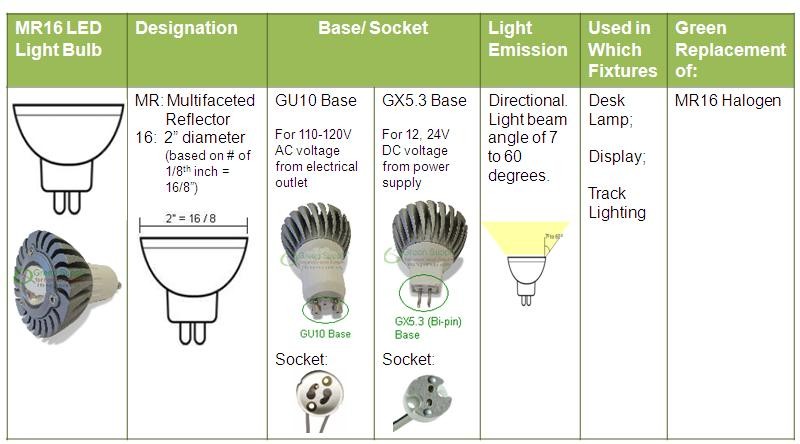
What are common applications for 12V bulbs?
12V bulbs are predominantly used in low-voltage lighting applications, such as outdoor landscape lighting, automotive lights, and specialized indoor lighting systems. These low-voltage environments are often powered by transformers that reduce the standard 110V or 220V line voltage to 12V.
This low-voltage application is particularly common in RVs, boats, and off-grid homes that use solar power, where lower voltage systems are safer and more efficient for energy conservation.
Can you convert a 110V system to 12V for lighting purposes?
Yes, converting a 110V system to 12V is possible by installing a step-down transformer. This transformer reduces the voltage, allowing the system to accommodate 12V bulbs safely.
This type of conversion is common in outdoor or specialized lighting setups, such as landscape lighting, where low-voltage lighting is often preferred for safety and energy savings. However, the transformer must be properly rated to handle the load created by the total wattage of the bulbs being used.
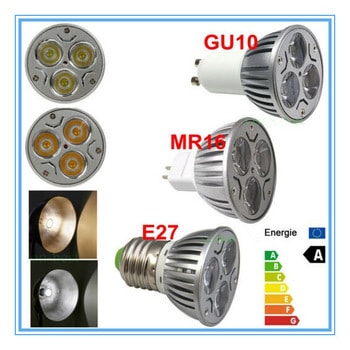
Using 12V bulbs with LED and halogen technologies
12V LED and halogen bulbs are popular for low-voltage lighting systems due to their efficiency and durability. LED bulbs, in particular, are known for their energy-saving capabilities and long lifespans, making them a favorite for 12V systems.
However, both LED and halogen bulbs require a transformer if they are to be used in systems that supply higher voltages like 110V or 220V. Failing to use a transformer in these cases will destroy the bulb’s internal components, causing immediate failure and potential hazards.
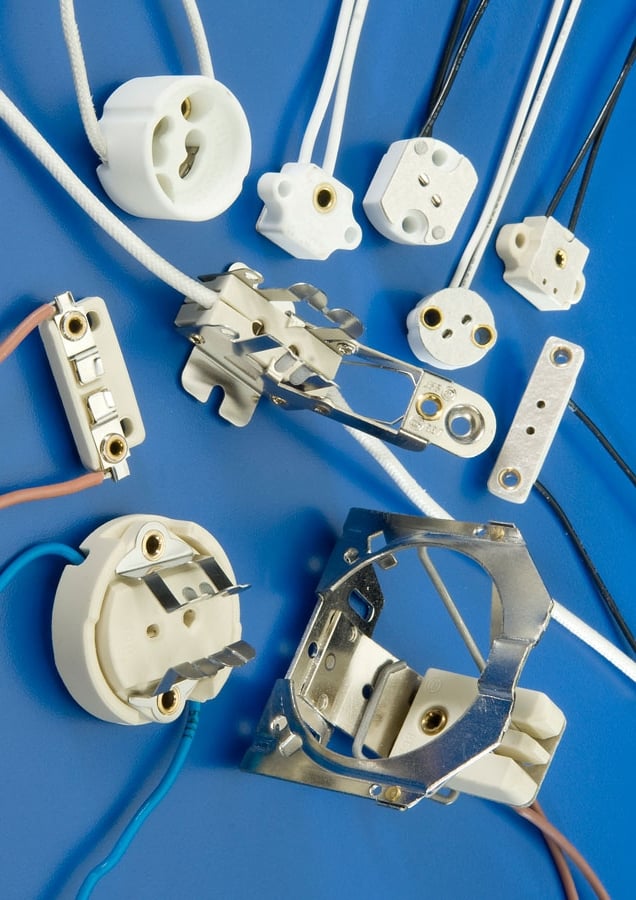
Final Words:
You cannot use a 12V light bulb in a 110V light socket without a voltage converter. You need to make sure you use the right voltage light bulb with the right voltage light socket to keep everything safe and working correctly.













